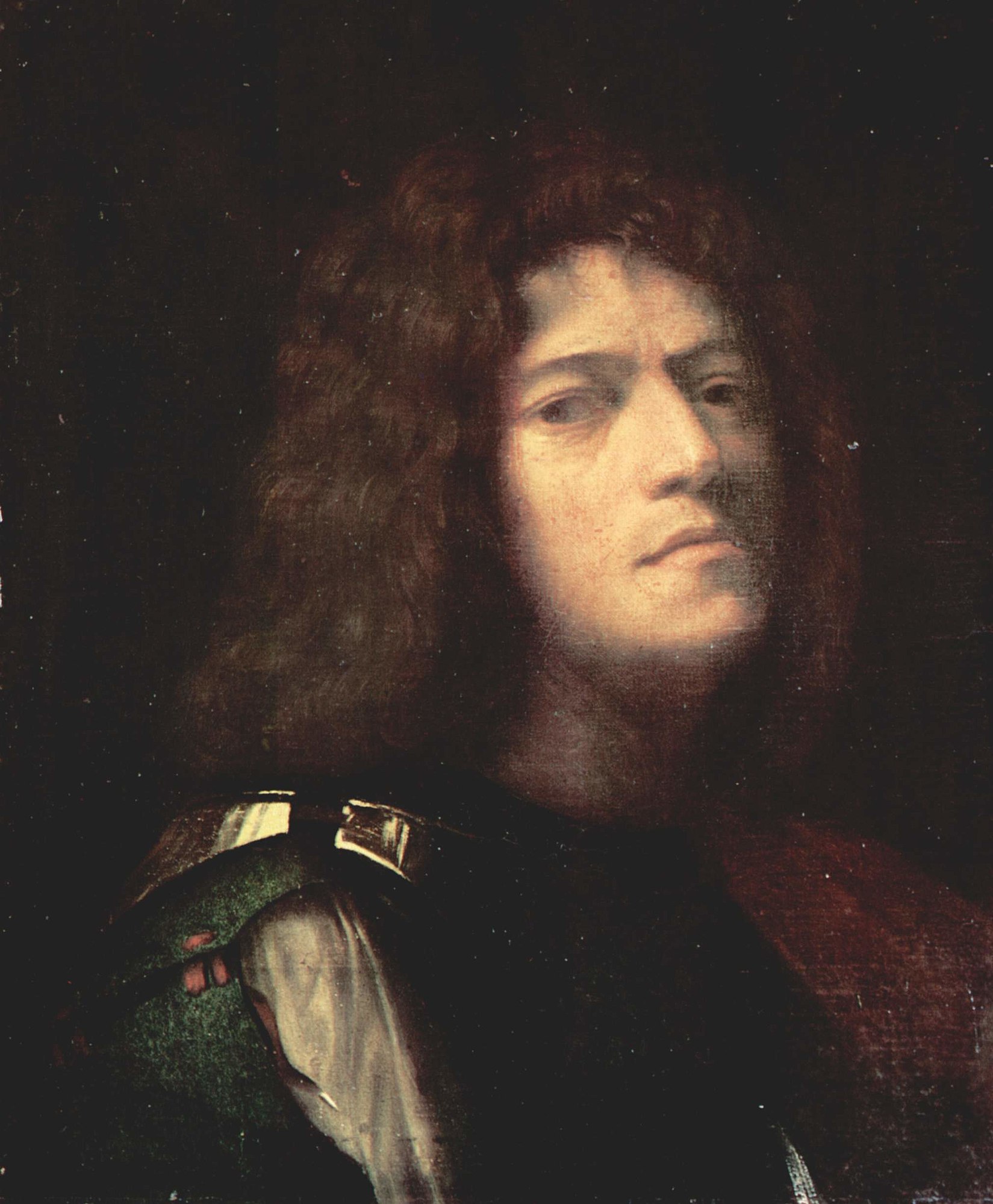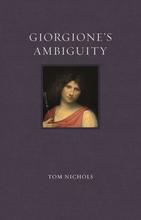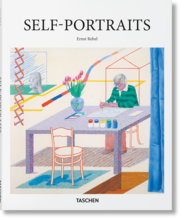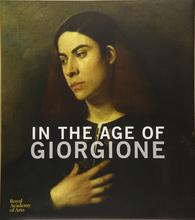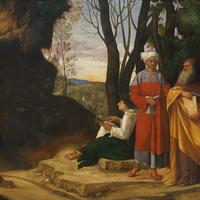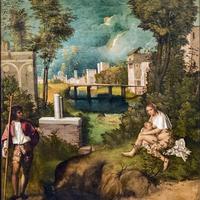More about Giorgione
- All
- Info
- Shop
Works by Giorgione
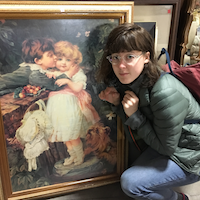
Contributor
Everyone loves Giorgione but no one knows anything about him.
Giorgione translates literally to “Big George” in Italian, which probably refers to the artist’s high societal status but could coincidentally double as his hip-hop pseudonym. If you don’t fancy his nickname, you could use Giorgio or even Zorzi (Venetian dialect for Giorgio) da Castelfranco.
Giorgione —with Titian as his most prominent follower— is credited with pioneering the g phase of the greater Renaissance period and unleashing the “modern style” of Venetian painting, attracting stylish collectors and public commissions alike. His work is still highly praised today, and while many people consider “Giorgione” and “Venice” to be all but synonymous, his life remains shrouded in mystery to the extent that one could feasibly question whether he even existed at all. Of course, it doesn’t help that his body of work is about as cryptic as a Sudoku puzzle.
His biography is garnished with far too many “maybes,” as surprisingly little is known about him for certain. Some of the only information that we have about Giorgione comes from Giorgio Vasari’s famous text, "Lives of the Artists." As an artist himself, as well as the era’s most prolific gossiper, Vasari took it upon himself to record the lives of his contemporaries for posterity. Considered the very first art historical text, his book remains the authoritative primary source for anything and everything involving Renaissance art.
Vasari gave only the highest praise to Giorgione, referring to him as the da Vinci of the North and one of the greatest Venetian artists of the age, despite his early death from the plague at the height of the epidemic in Venice (when he was in his 30s). Giorgione contracted the disease through a visit that he paid to his Venetian lover who was already infected. As for Titian, a stroke of good luck had him away painting frescoes in Padua during the most dangerous years between 1510-11—phew!
Giorgione’s legacy is even further complicated by the fact that Vasari didn’t even arrive in Venice until two decades after the artist’s death. Much of the information recorded in "Lives of the Artists" was relayed to him by Titian, turning what seems like second-hand information into third-hand information.
He is said to have been beautiful, charismatic, and multi-talented; “a singer, painter, and social charmer who burned twice as bright as anyone around him,” according to historian Mark Hudson. He enjoyed great success in his lifetime and even more so after his death; many wealthy patrons scrambled to snatch up Giorgione’s last remaining works. To this day, the facts of his life and authorship of his work are hotly debated, keeping him omnipresent in the academic consciousness. I guess “mysterious” was a pretty good look on him.
Sources
- Stonard, John-Paul. "He was one of the greatest of all Venetian artists, but who was Giorgione?" The Guardian. https://www.theguardian.com/artanddesign/2016/mar/11/giorgione-venetian… (accessed 7 June 2018).
- Sooke, Alastair. "Giorgione sparked a revolution in Venetian painting. But who was he?" The Telegraph. https://www.telegraph.co.uk/art/artists/giorgione-sparked-a-revolution-… (accessed 7 June 2018)
- Lauer, Magda. "Giorgione: A Venetian Renaissance Painter" Italy Magazine. http://www.italymagazine.com/featured-story/giorgione-venetian-renaissa… (accessed 7 June 2018).
- Hudson, Mark. Titian: The Last Days (New York: Walker & Company, 2009)
Featured Content
Here is what Wikipedia says about Giorgione
Giorgio Barbarelli da Castelfranco (Venetian: Zorzi; 1470s – 17 September 1510), known as Giorgione, was an Italian painter of the Venetian school during the High Renaissance, who died in his thirties. He is known for the elusive poetic quality of his work, though only about six surviving paintings are firmly attributed to him. The uncertainty surrounding the identity and meaning of his work has made Giorgione one of the most mysterious figures in European art.
Together with his younger contemporary Titian, he founded the Venetian school of Italian Renaissance painting, characterised by its use of colour and mood. The school is traditionally contrasted with Florentine painting, which relied on a more linear disegno-led style.
Check out the full Wikipedia article about Giorgione

